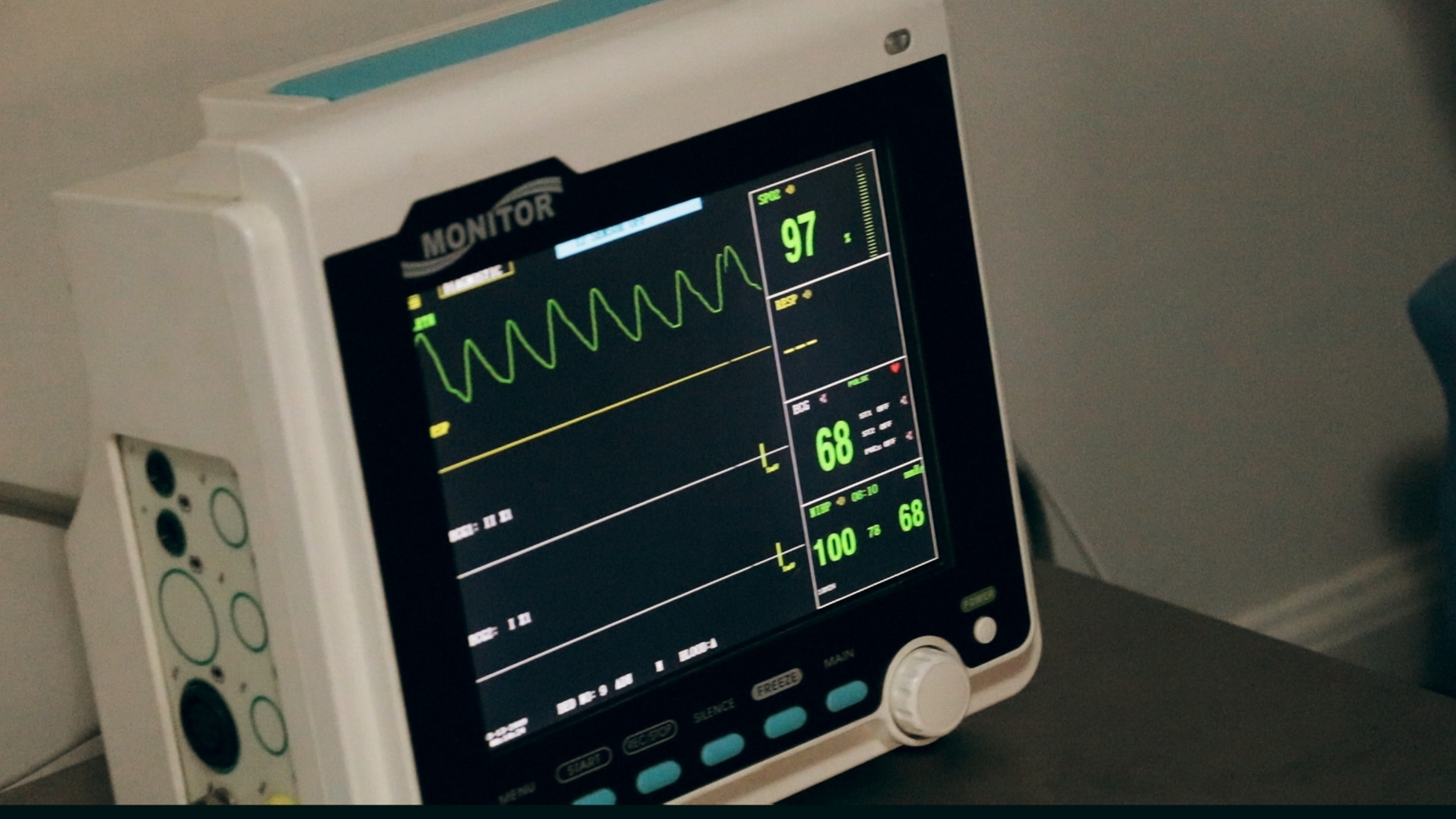Canadian caselaw around delayed diagnosis medical malpractice cases has made the pursuit of justice for claimants suffering the impact of a delayed diagnosis extremely difficult, says one leading medical malpractice firm.
Richard Bogoroch and Heidi Brown, partners at Bogoroch and Associates LLP, think that the current defining caselaw sets too high a bar for cases where a doctor or nurse has demonstrably failed to diagnose a condition in a reasonable timeframe. Much of the existing precedent has seen these cases dismissed on the basis that, even if the medical practitioners were negligent in diagnosing their patient quickly enough, it can’t be proved that the delay caused the patient’s worsening condition. Bogoroch and Brown think that once a certain level of negligence has been demonstrated the test must move to the idea of a ‘loss of a chance.’
Delayed Diagnosis and "Loss of a Chance" Caselaw
Bogoroch and Brown explained that several cases define the current test for delayed diagnosis suits. In 2003, the Ontario Court of Appeal held in Cottrelle v. Gerrard that it is not sufficient to prove that adequate diagnosis and treatment would have afforded a chance of avoiding the unfavourable outcome unless that chance surpasses the threshold of more likely than not.
In 2019, the Ontario Court of Appeal upheld this reasoning in White v. St. Joseph’s Hospital (Hamilton), finding that delay in treatment can have adverse consequences in a patient’s outcome but dismissed the appellant’s case saying there wasn’t evidence the delay caused harm to the appellant.
Similarly, in the case of Salter v Hirst the Ontario Court of Appeal found evidence that the doctor was negligent in the treatment of his patient, Mr. Salter, who was rendered paraplegic. The judge ruled, though, that “loss of a chance” didn’t apply in that case and the plaintiff had to prove “on the balance of probabilities, but for the doctor’s negligence, the unfavourable outcome would have been avoided with prompt diagnosis and treatment.”
Though White v. St. Joseph’s is less categorical in its dismissal of “loss of a chance,” all three rulings show just how hard it is to pursue justice in delayed diagnosis cases. All of these cases involved some negligence on the part of the hospital staff or doctors involved, but they were protected by an insurmountable legal bar. Bogoroch and Brown say it’s time to level the playing field.
Reevaluating Delayed Diagnosis
Bogoroch and Brown believe that Ontario should revisit the current delayed diagnosis paradigm to include loss of chance by implementing a more mathematical approach of awarding damages in a way that coincides with the statistical loss of chance.
Bogoroch and Brown provided the example of a case where a patient underwent a breast ultrasound when she had Stage I breast cancer but, due to the negligence of the physician, the breast cancer went undiagnosed until it had progressed to Stage III breast cancer, ultimately resulting in the patient`s death. Bogoroch and Brown believe that, in cases like this, the loss of the chance of earlier diagnosis and better treatment outcome should be compensated even if the patient cannot meet the current legal test of showing that the negative outcome suffered was a result of the delayed diagnosis.
Bogoroch and Brown believe that statistical evidence should be used to demonstrate the likely chance of a better outcome, and the award to the plaintiff should coincide with this percentage chance. For example, if statistical evidence can show that the patient would have had a 30% chance of survival had her breast cancer been diagnosed when the original breast ultrasound was conducted, then the plaintiff deserves 30% of the damage award.
If a doctor`s negligence is a cause of a patient`s delayed diagnosis or delayed treatment, the patient deserves to be compensated for the loss of a chance of earlier and possibly more successful treatment. Requiring patients to prove that it is more likely than not they would have had a better outcome is too high a standard for patients to meet and places a significant barrier to access to justice.
This article originally appeared in Canadian Lawyer online. For more information about medical malpractice litigation, please contact Bogoroch & Associates LLP or download our brochure on Medical Malpractice Litigation. We offer free consultations and would be honored to help you.
